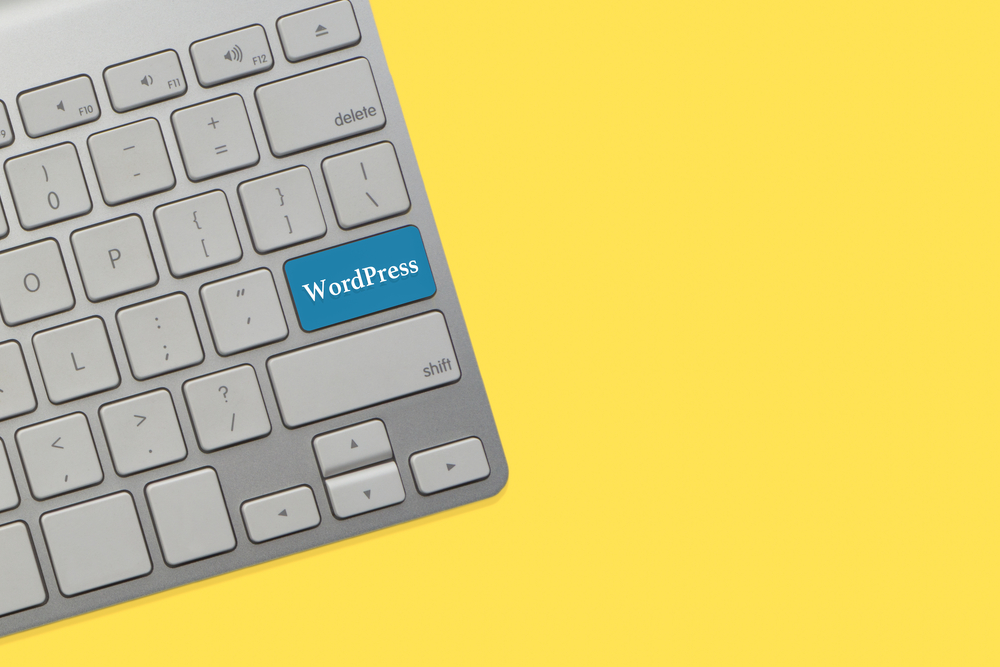
With the rise of digital media and online content consumption, blog site have become an essential tool for individuals and businesses looking to reach a wider audience. Whether you're a seasoned blogger or just starting out, having weblog site an effective blogging strategy in place is key to building a successful online presence in 2022. In this guide, we'll explore the best practices and strategies to help you take your blogging game to the next level.
Define Your Goals
Before diving into the world of blogging, it's important to first define your goals and objectives. Are you looking to establish yourself as an expert in your field? Are you hoping to drive more traffic to your website or generate leads for your business? By having a clear understanding of what you want to achieve with your blog, you can tailor your content and strategy to meet those goals.
Identify Your Target Audience
Knowing who your target audience is will help you create content that resonates weblog website with them. Conduct market research to understand the demographics, interests, and pain points of your audience. This will enable you to create blog posts that address their specific needs and provide value to them.
Create High-Quality Content
One of the most important factors for a successful blog is the quality of weblog your content. Make sure your posts are well-written, informative, and engaging. Use visuals, such as images and videos, to enhance your content and keep your readers interested. Additionally, optimize your posts for SEO to improve your visibility in search engine results.
Consistency is Key
Consistency is crucial when it comes to blogging. Develop a content calendar and stick to a regular posting schedule. This not only helps keep your audience engaged but also signals to search engines that your blog is active and up-to-date. Whether you choose to post daily, weekly, or monthly, make sure you're consistent in your efforts.
Promote Your Blog
Creating great content is only half the battle. You also need to promote your blog to reach a wider audience. Share your posts on social media, participate in online communities and forums, collaborate with other bloggers, and consider investing in paid advertising to increase your blog's visibility. The more you promote your blog, the more traffic and engagement you're likely to see.
Engage with Your Audience
Building a community around your blog is essential for long-term success. Encourage your readers to leave comments, ask questions, and share their thoughts on your posts. Engage with them by responding to comments, hosting Q&A sessions, and soliciting feedback. By fostering a sense of community, you'll create loyal followers who are more likely to return to your blog.
Monitor and Analyze Your Performance
It's important to track the performance of your blog to understand what's working and what's not. Use analytics tools to monitor key metrics such as traffic, engagement, and conversion rates. Identify your top-performing content and replicate its success. Similarly, learn from underperforming posts to improve your future content strategy.
Stay Updated with Trends
The digital landscape is constantly evolving, so it's important to stay updated with the latest trends in blogging. Keep an eye on industry news, follow influential bloggers, and attend webinars and conferences to stay informed. By staying ahead of the curve, you can adapt your blogging strategy to reflect current trends and best practices.
Build Relationships with Other Bloggers
Networking with other bloggers can help you expand your reach and grow your audience. Reach out to bloggers in your niche to collaborate on guest posts, participate in blog tours, or co-host webinars. By building mutually beneficial relationships with other bloggers, you can tap into their audiences and increase your blog's visibility.
Frequently Asked Questions
1. How often should I post on my blog?
The frequency of your blog posts will depend on your goals and resources. Some bloggers post daily, while others post weekly or monthly. The key is to be consistent in your posting schedule and provide value to your audience with each post.
2. How long should my blog posts be?
There is no one-size-fits-all answer to this question, as the ideal length of a blog post will vary depending on your topic and audience. However, aim to provide comprehensive and in-depth content that blog fully addresses the topic at hand. Generally, blog posts ranging from 1000 to 2000 words tend to perform well.
3. How can I monetize my blog?
There are several ways to monetize your blog, including affiliate marketing, sponsored posts, selling digital or physical products, and displaying ads. Choose a monetization strategy that aligns with your goals and audience, and always disclose any sponsored content to maintain transparency with your readers.
4. How can I drive more traffic to my blog?
To drive more traffic to your blog, focus on creating high-quality content that is optimized for SEO, promoting your posts on social media, collaborating with other bloggers, and engaging with your audience. Additionally, consider investing in paid advertising to reach a wider audience and attract new readers.
5. How can I measure the success of my blog?
You can measure the success of your blog by tracking key performance indicators such as website traffic, engagement metrics (comments, shares, likes), conversion rates, and revenue generated. Use analytics tools to monitor these metrics and make data-driven decisions to optimize your blogging strategy.
Other useful resources